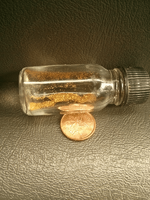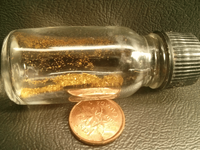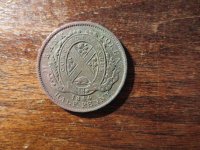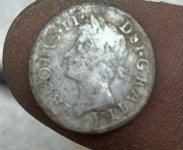arizau
Bronze Member
- May 2, 2014
- 2,485
- 3,869
- Detector(s) used
- Beach High Banker, Sweep Jig, Whippet Dry Washer, Lobo ST, 1/2 width 2 tray Gold Cube, numerous pans, rocker box, and home made fluid bed and stream sluices.
- Primary Interest:
- Prospecting
Has anyone tried using their bazooka or a home made fluid bed sluice on ocean beach creeks using only the fine beach sand as feed material? The vast majority of these sands are minus 100 mesh and the gold is mostly much smaller. I know of all the other recovery options and I am just wondering about bazooka or fluid bed results.
Upvote
0










